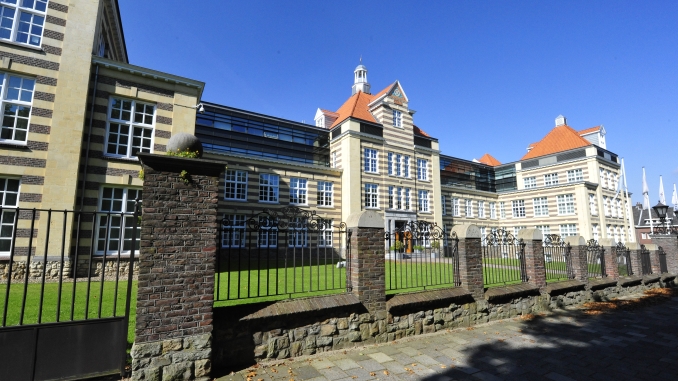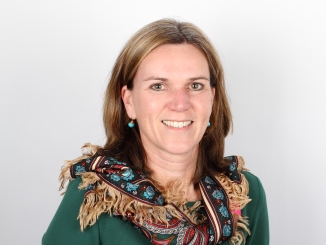
Obvion Mortgages priced its third green residential mortgage-backed securities (RMBS) issue flat to a post-crisis Dutch RMBS tight on 19 May, and its head of balance sheet management and funding cited its green nature as helping a EUR550m senior tranche achieve the tight pricing against a widening backdrop.
The Rabobank subsidiary launched the first green RMBS in June 2016, a EUR500m deal backed by mortgages against energy efficient properties, and the Dutch issuer followed this up with a second Green STORM transaction last year.
The senior tranche of the latest deal, Green STORM 2018, was increased from a provisional pool of EUR450m to a final size of EUR550m while pricing was tightened from initial price thoughts launched on 16 May of three month Euribor plus the high teens to guidance of 15bp-17bp, and ultimate pricing of 14bp for the five year weighted average life paper. The final order book was well over EUR1bn.
This was inside the 17bp level of Green STORM 2017 and matched the 14bp level of a conventional STORM RMBS from Obvion in January, which had set a post-crisis tight for Dutch RMBS. Rachelle Rijk, head of balance sheet management and funding at Obvion (pictured), suggested that the green nature of the issue had helped achieve this.
“This was a very good spread level when you look at the development of secondary markets and also primary spreads,” she told Sustainabonds. “We’ve seen widening since we priced Storm 2018-I in January and we are very happy that we were able to price this transaction at the same level in spite of that.”
 Rijk suggested that the pricing advantage of green issuance could compensate for some of the additional costs of issuing green bonds — something she noted could have contributed to the lack of any other green RMBS issuance: since Obvion’s debut, no other European green RMBS has emerged. Globally, National Australia Bank included a green tranche on a broader RMBS transaction in February. She also said that launching a green RMBS had attracted investors who are less active in the ABS market.
Rijk suggested that the pricing advantage of green issuance could compensate for some of the additional costs of issuing green bonds — something she noted could have contributed to the lack of any other green RMBS issuance: since Obvion’s debut, no other European green RMBS has emerged. Globally, National Australia Bank included a green tranche on a broader RMBS transaction in February. She also said that launching a green RMBS had attracted investors who are less active in the ABS market.
“It was good for the ABS image to add green,” said Rijk. “It’s good to have the additional investor base, and also investors that were out of the market for various reasons — having closed their research during the crisis, for example, or because of regulatory factors, or issues with spread levels.”
Indeed, she deemed the wider, persistent lull in the ABS market as the main factor behind the lack of further green RMBS.
“But Green STORM has been very successful for us,” added Rijk, “and being a socially responsible issuer, it very much fits our corporate strategy. We don’t know at the start whether the first Green STORM would be the first of a series, but we have done one every year for three years now, and are happy to contribute to the development of the wider green bond market as much as we can.”
Main photo: Obvion offices, Heerlen; Credit: Jos Odekerken/Wikimedia Commons



